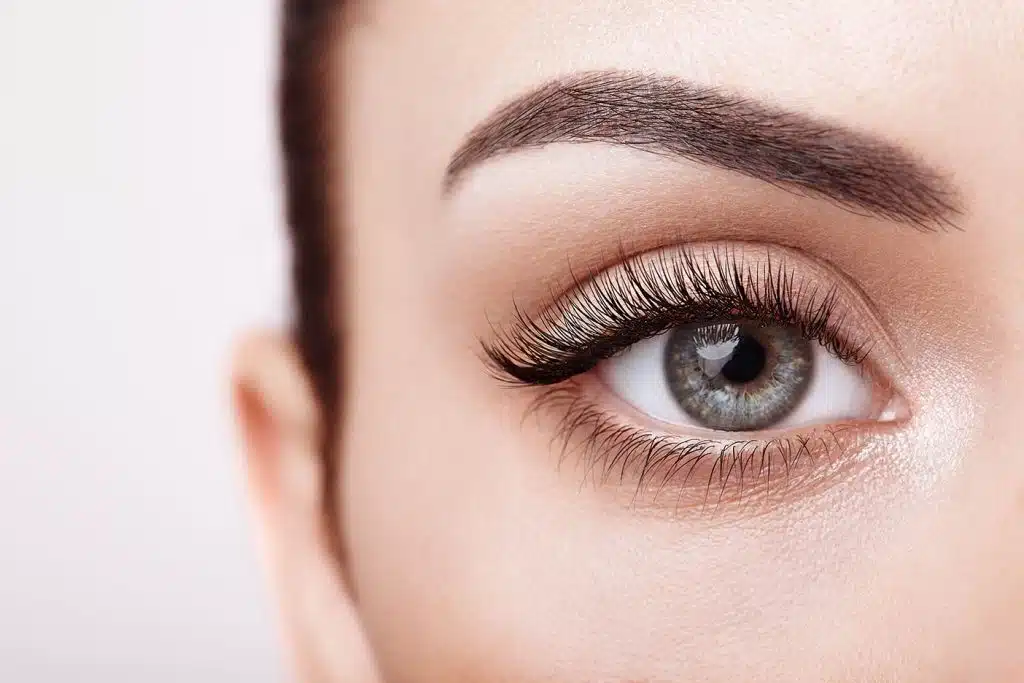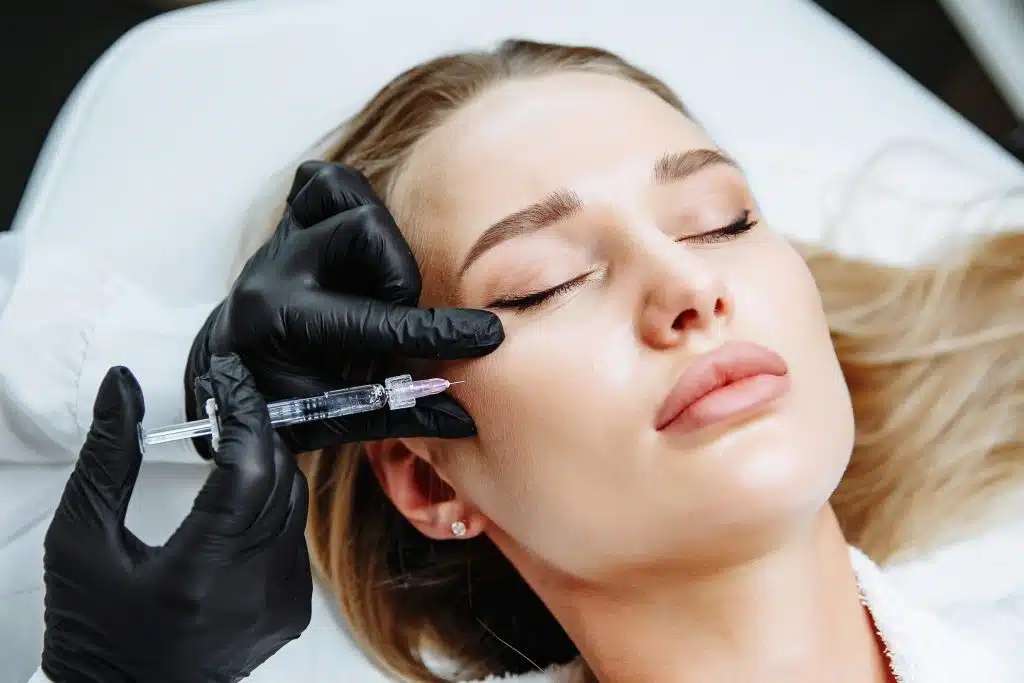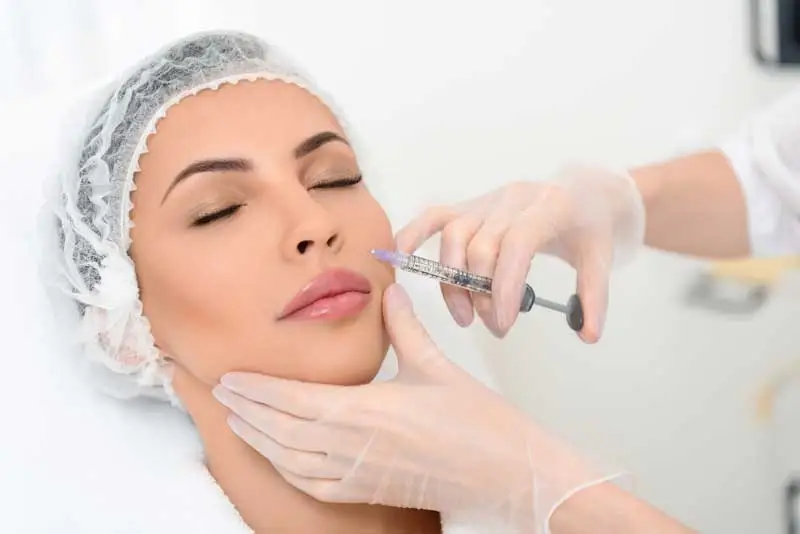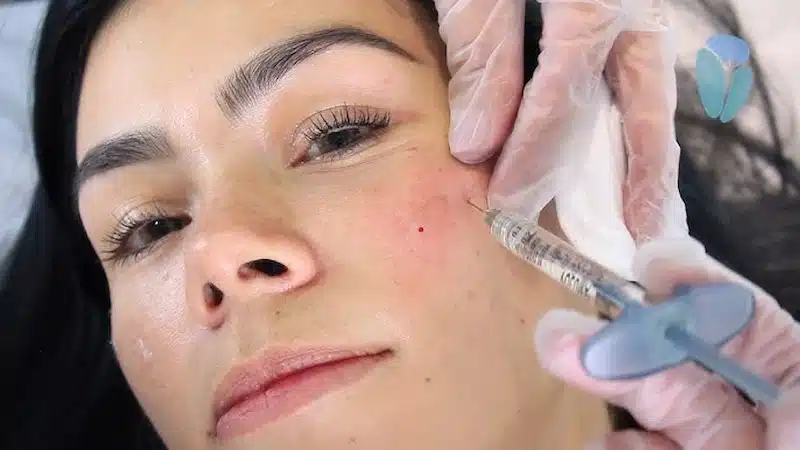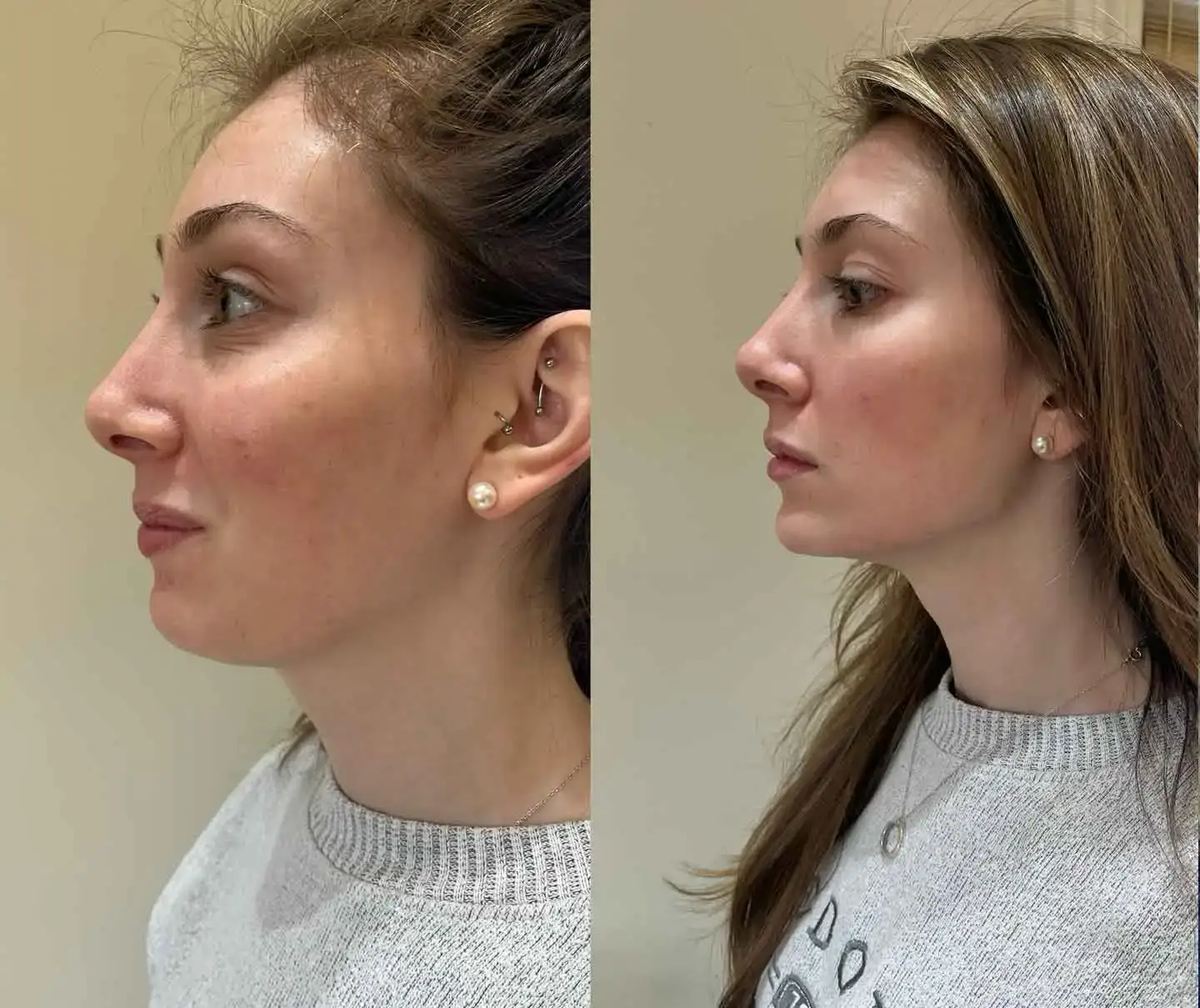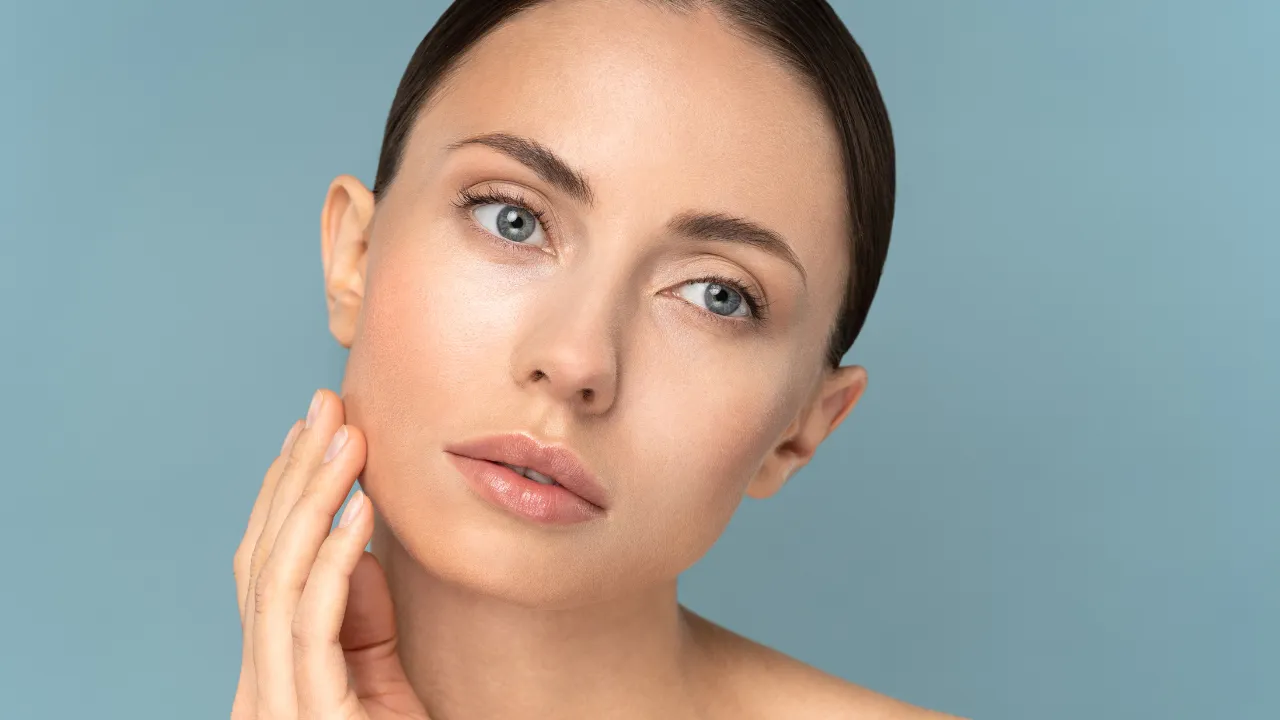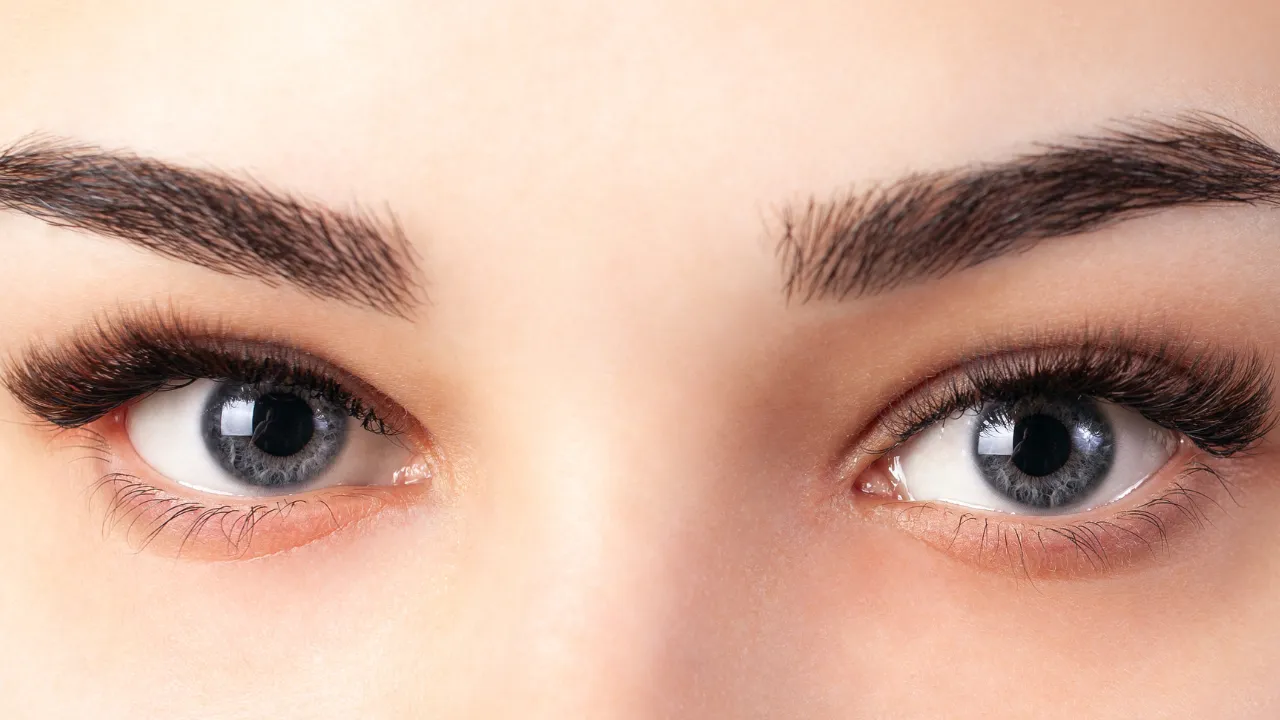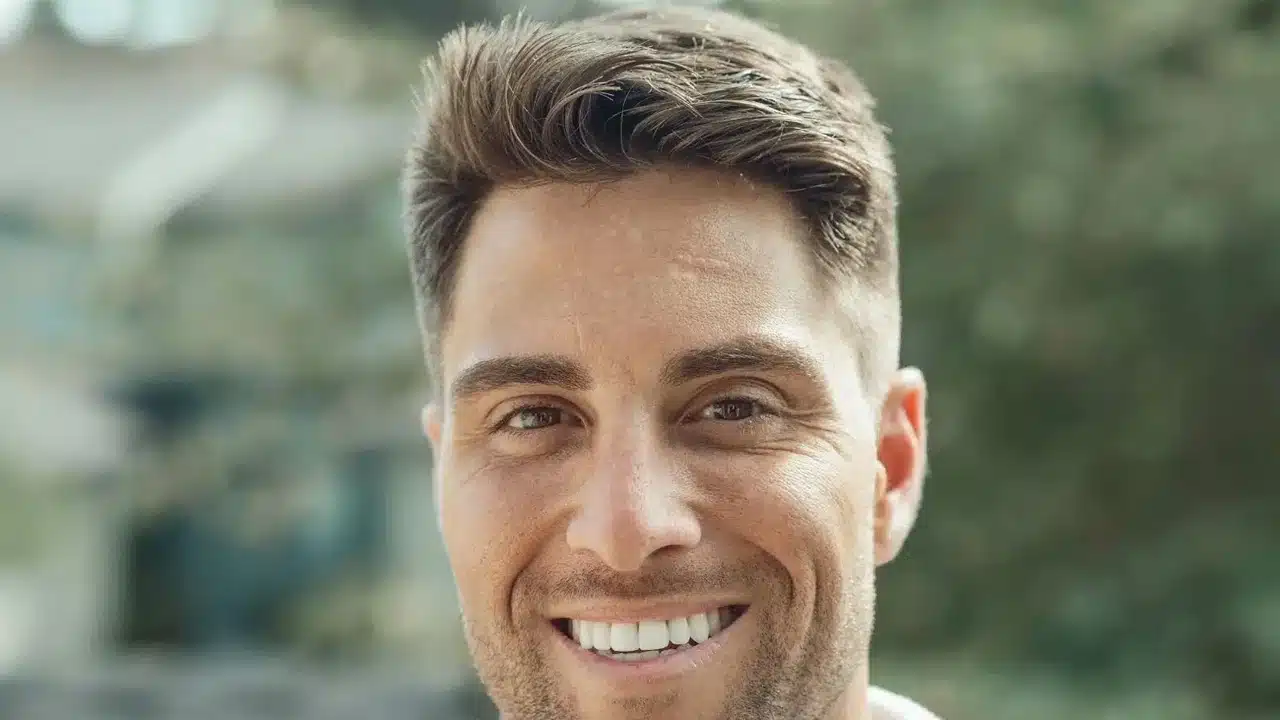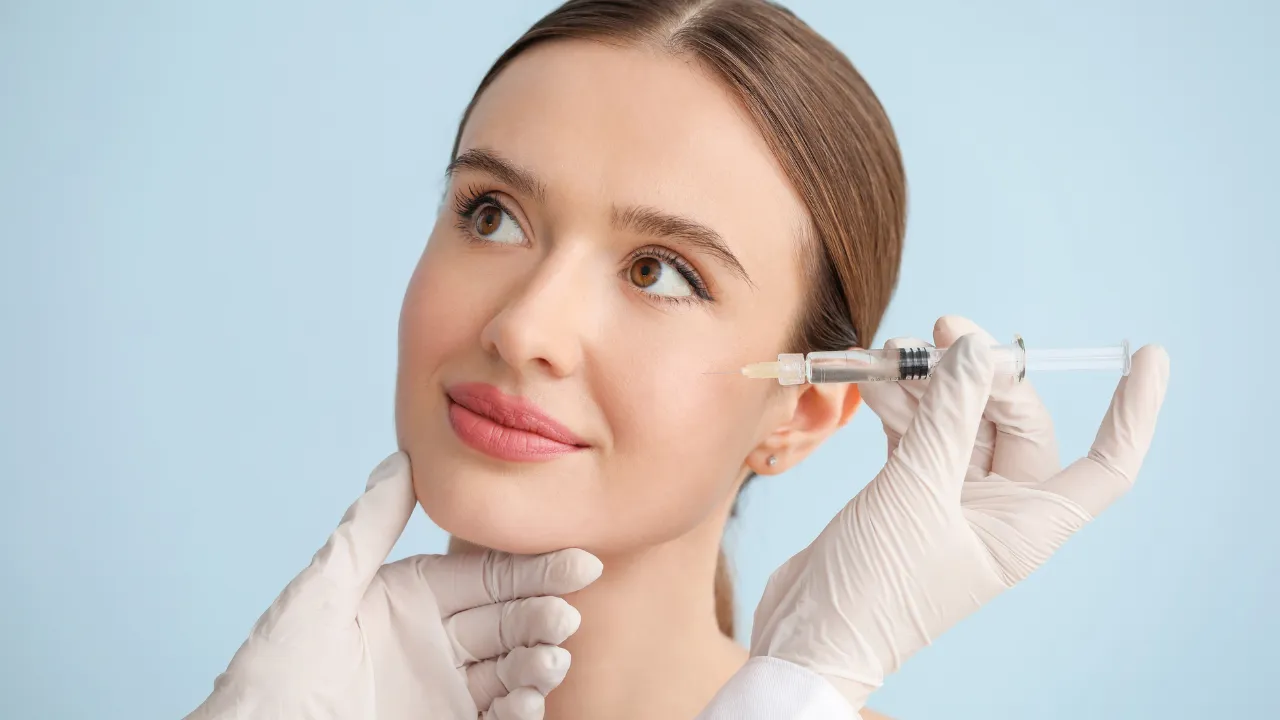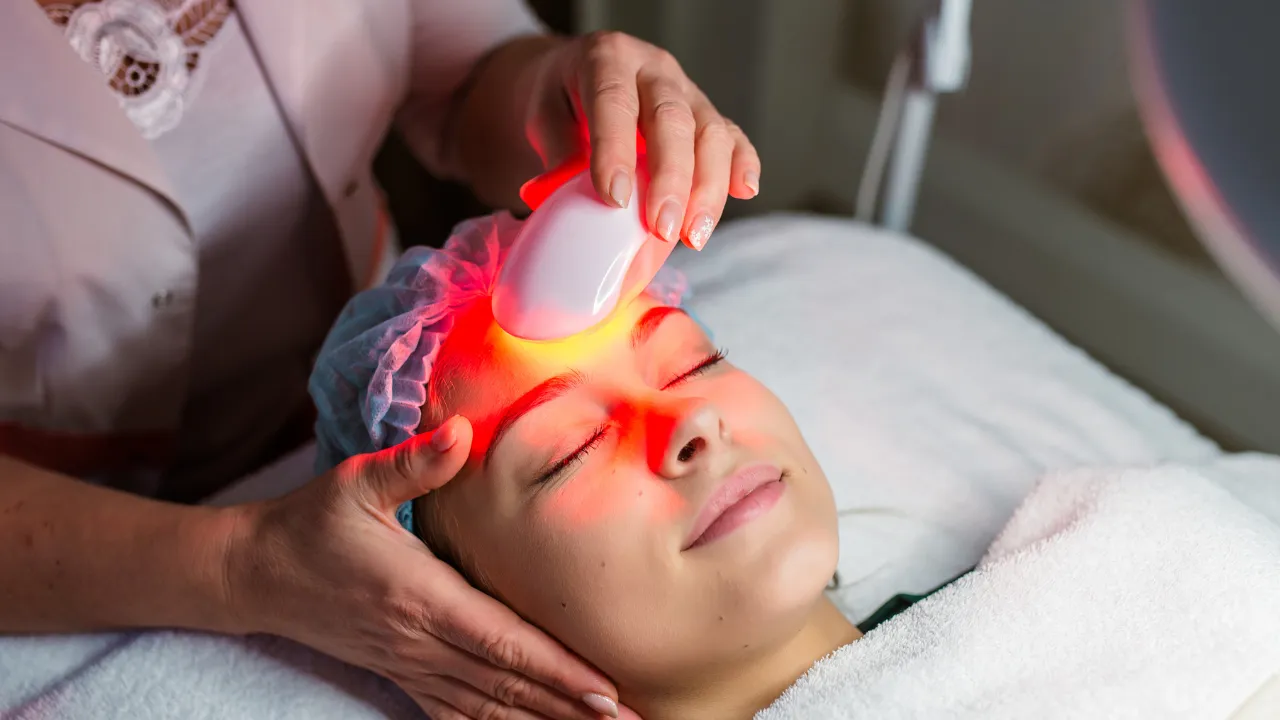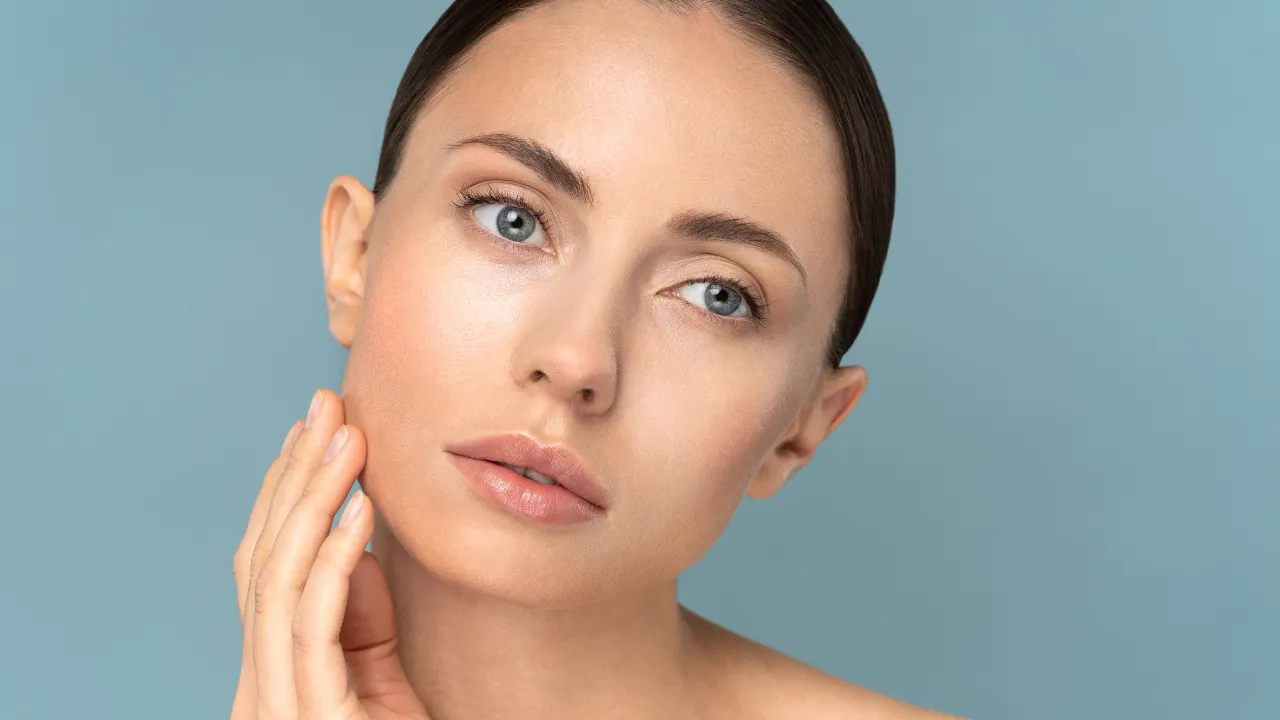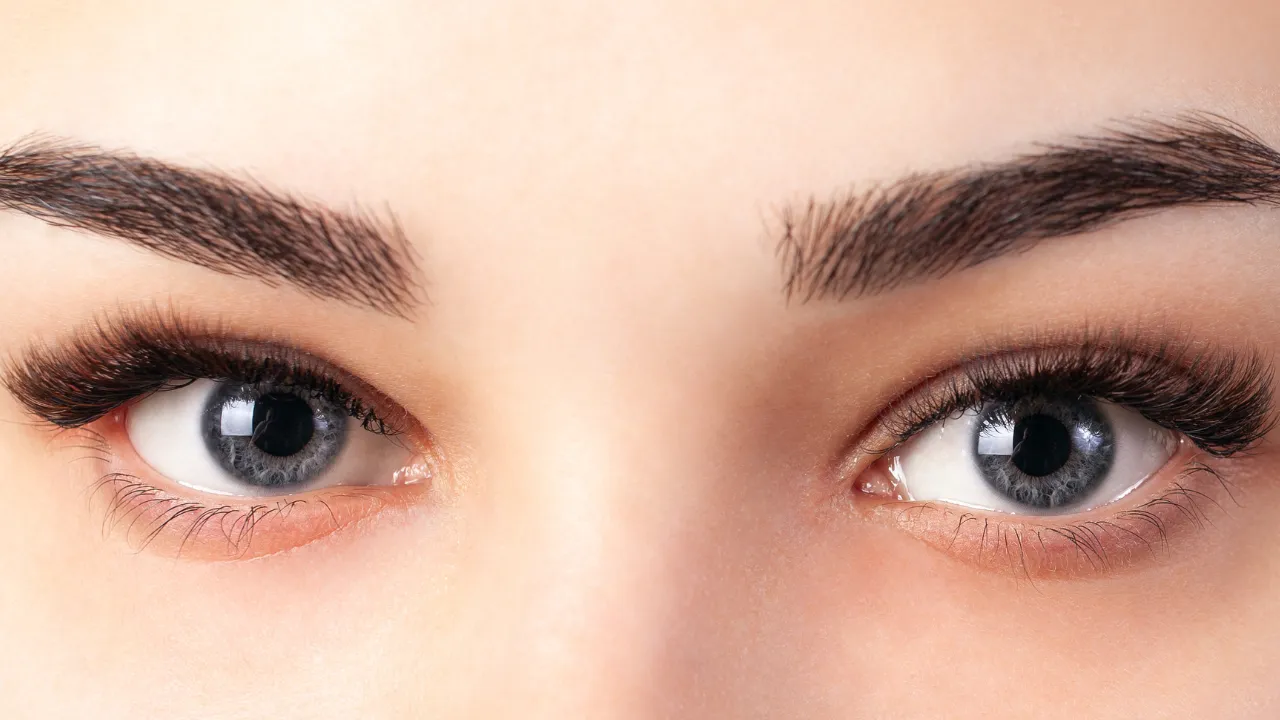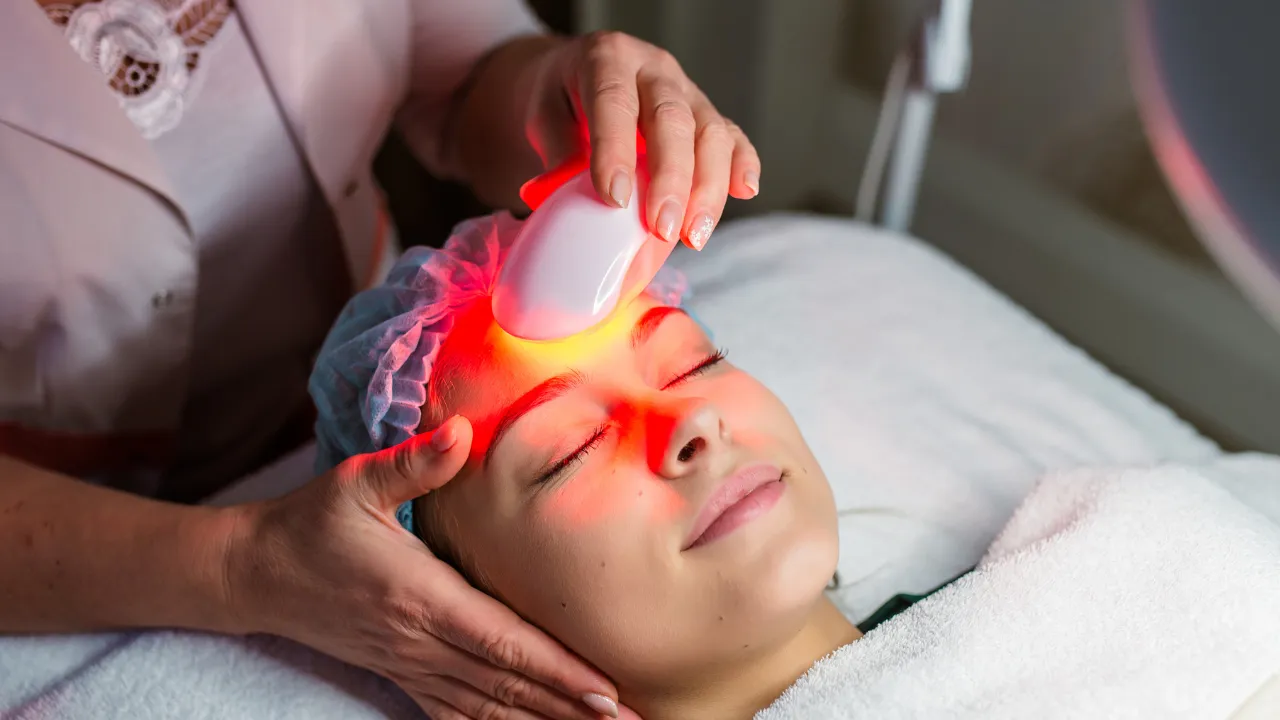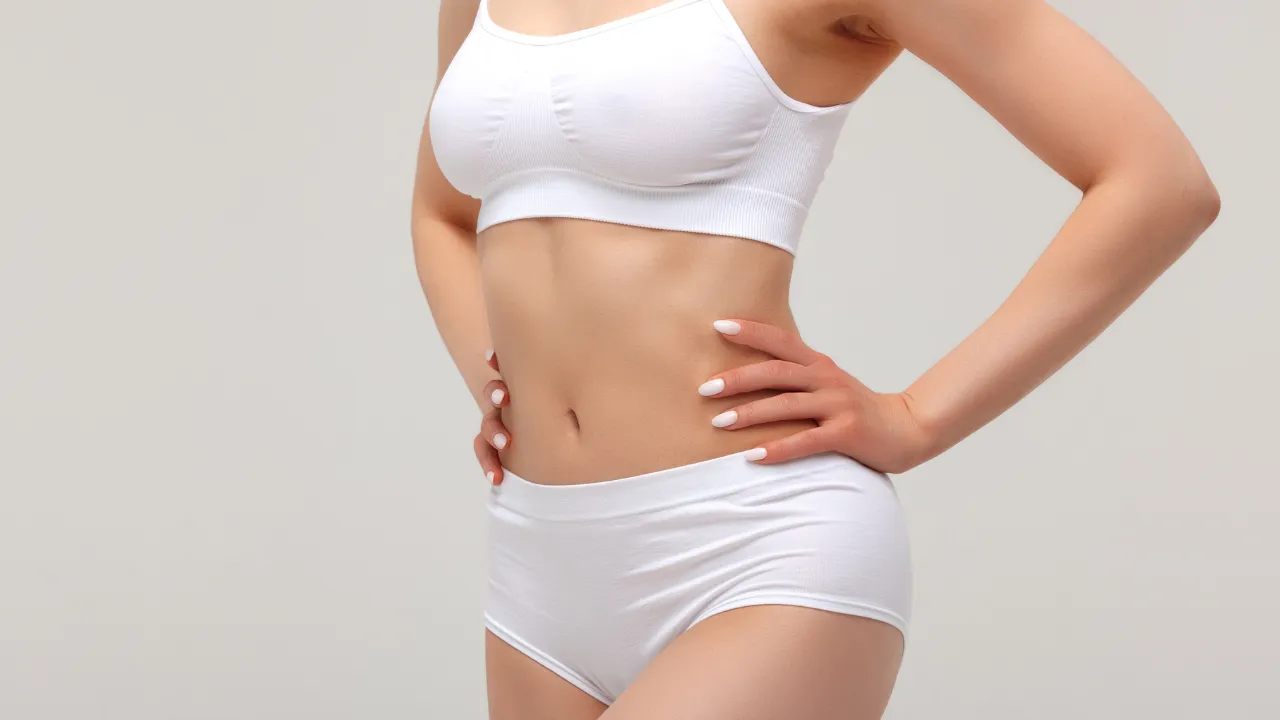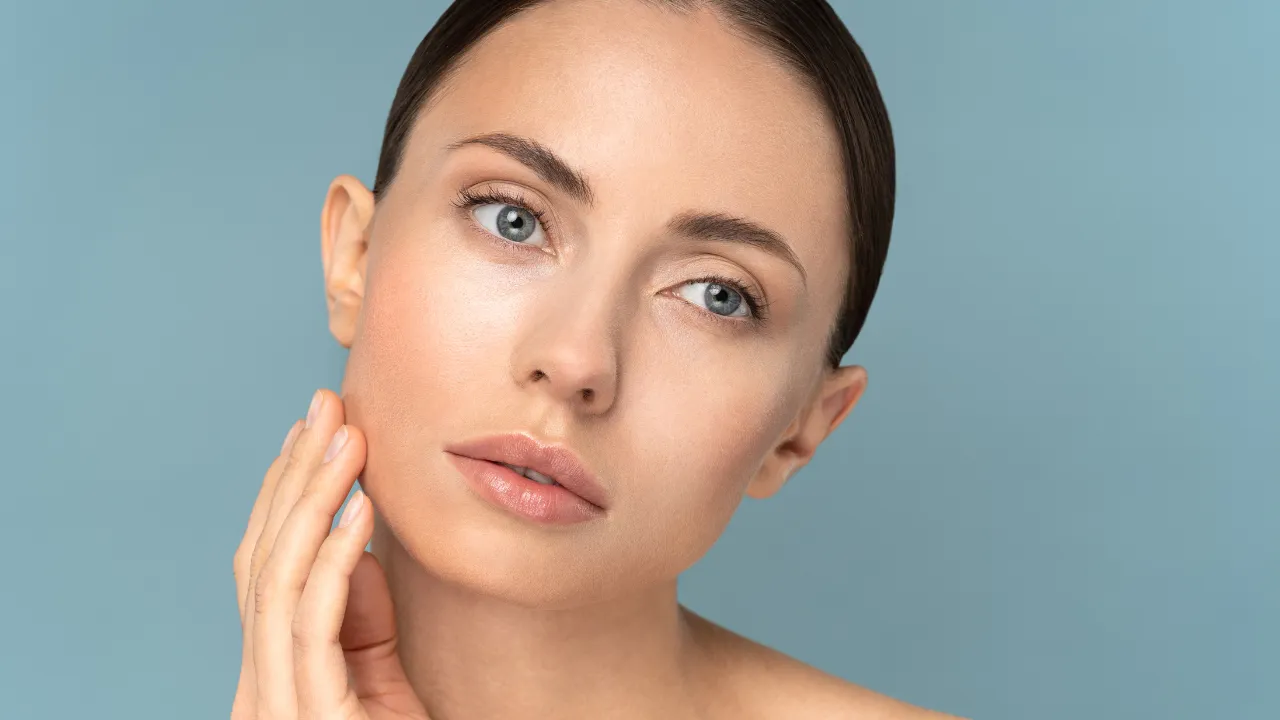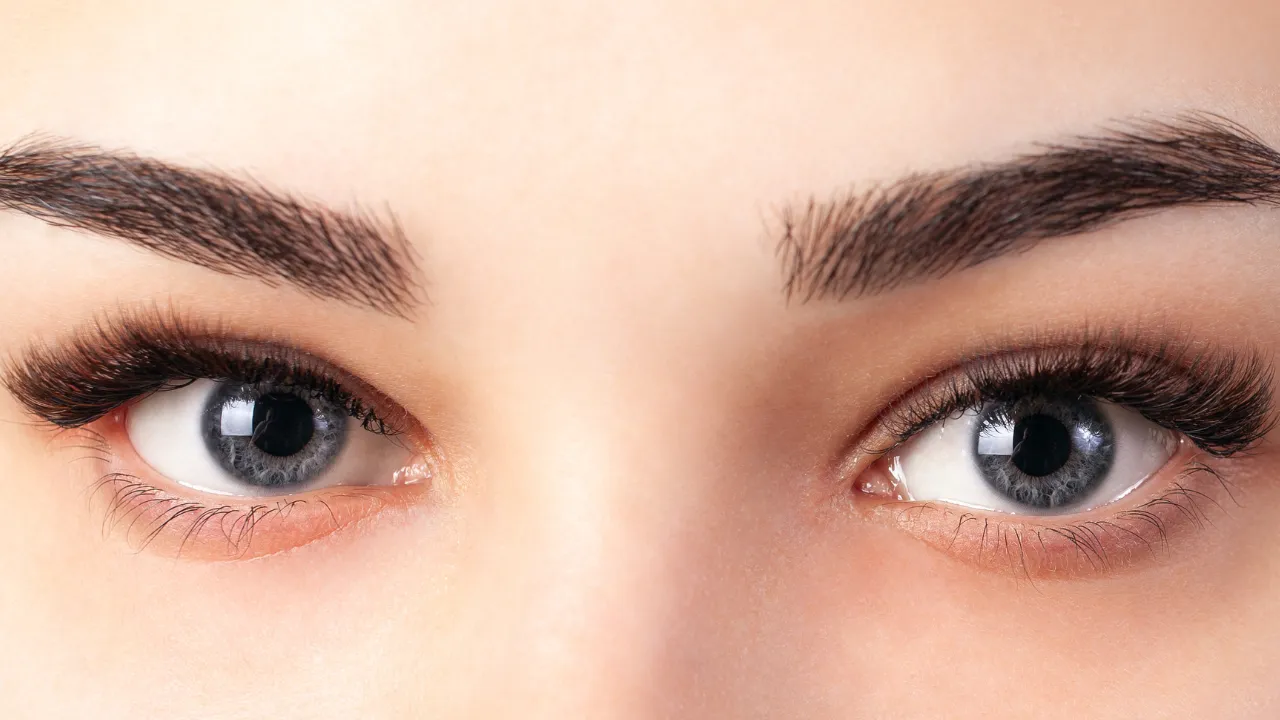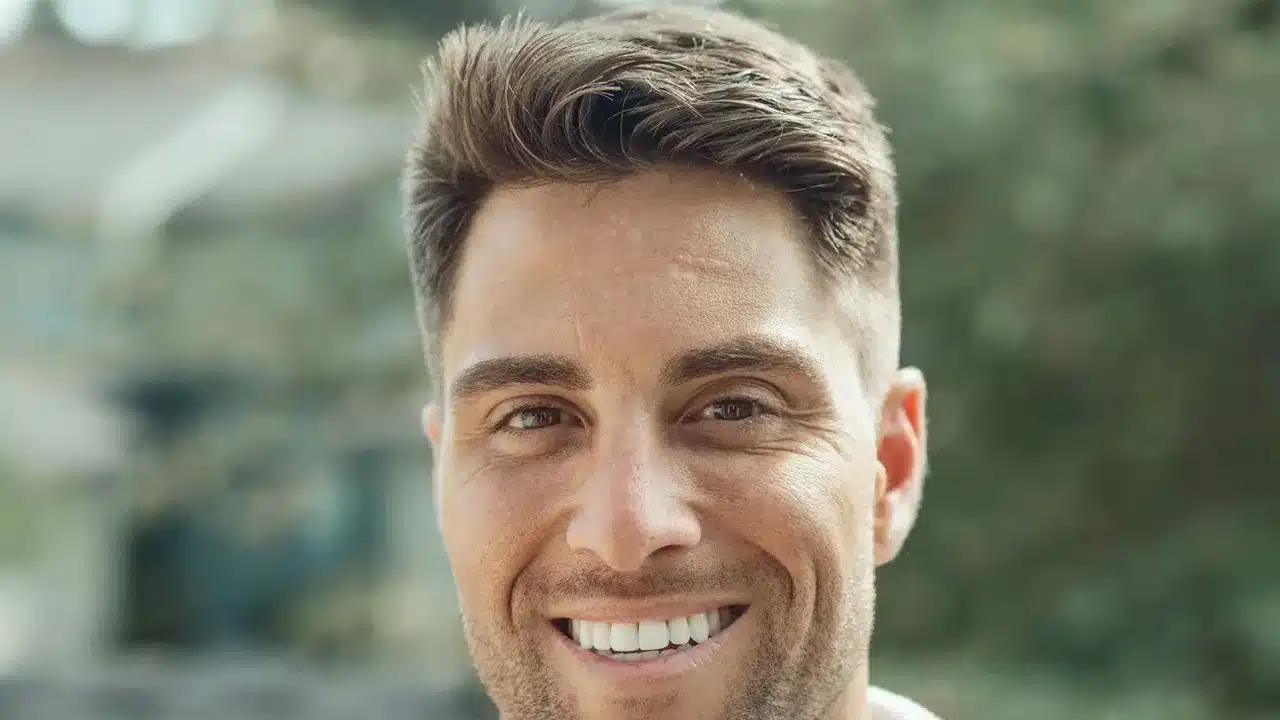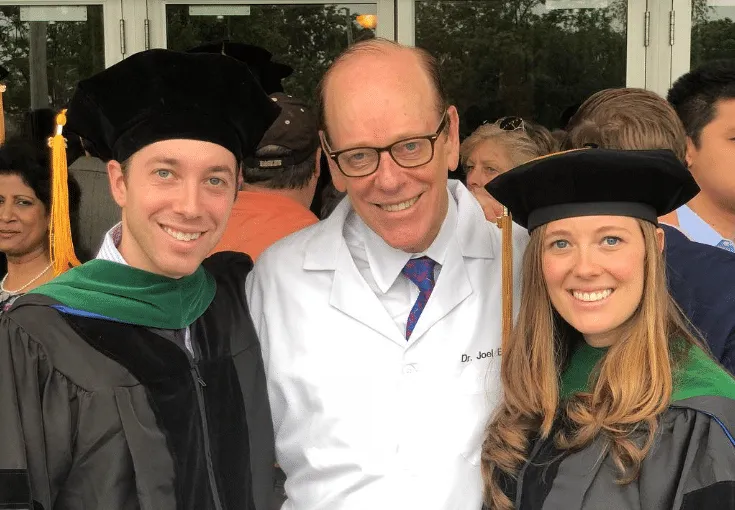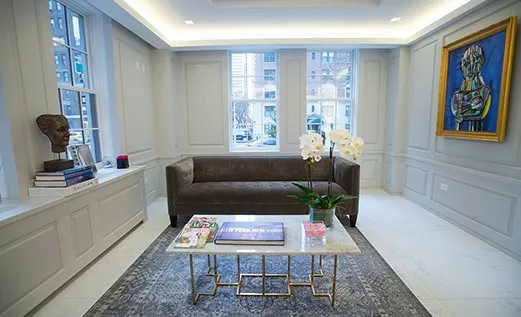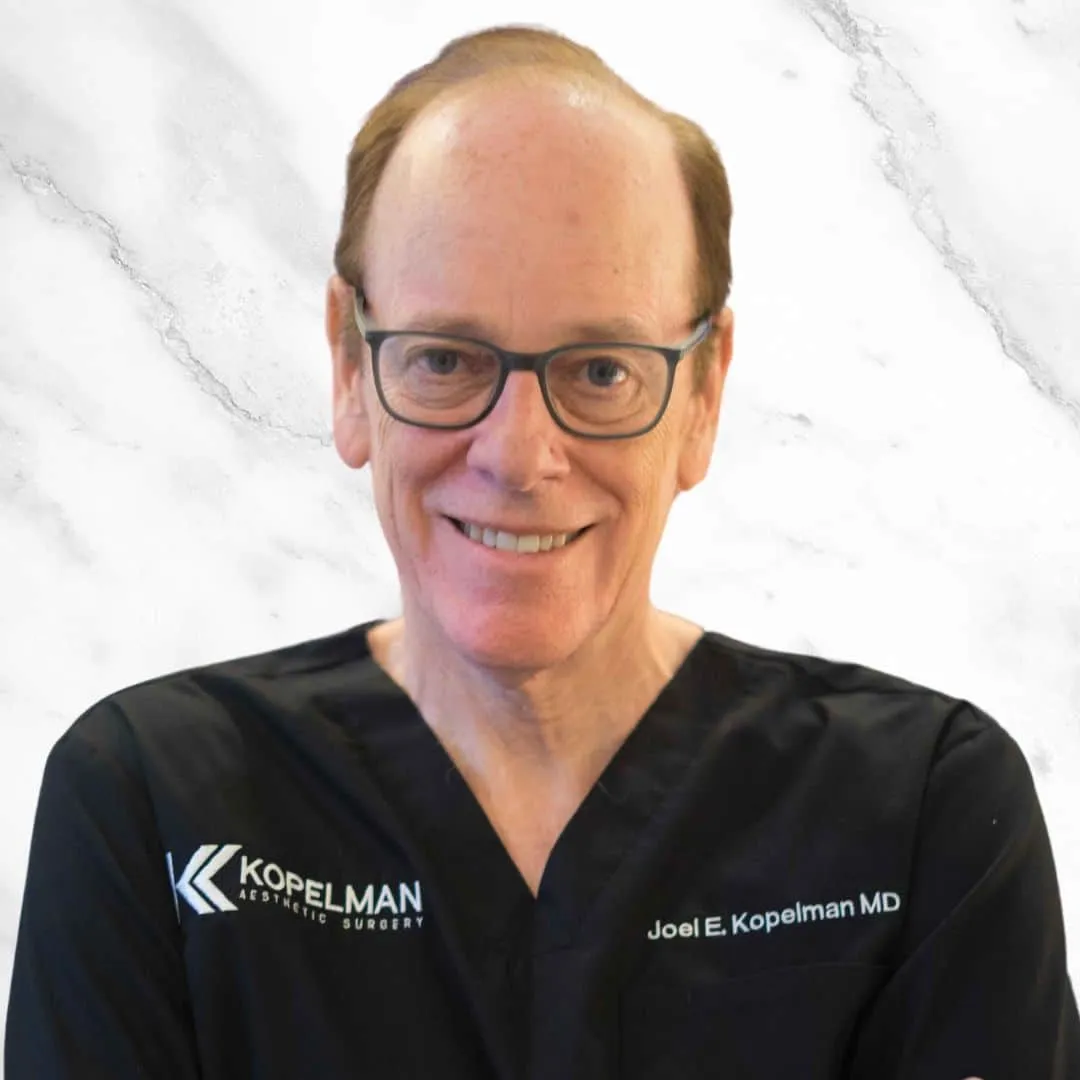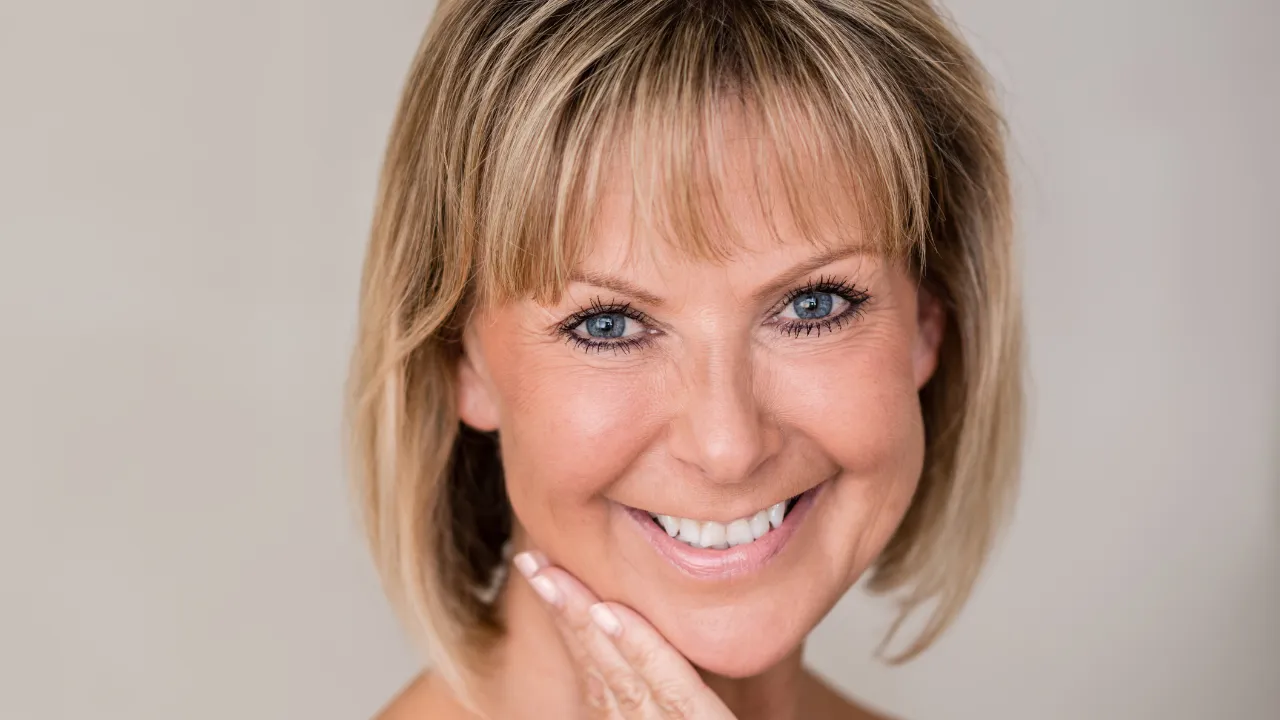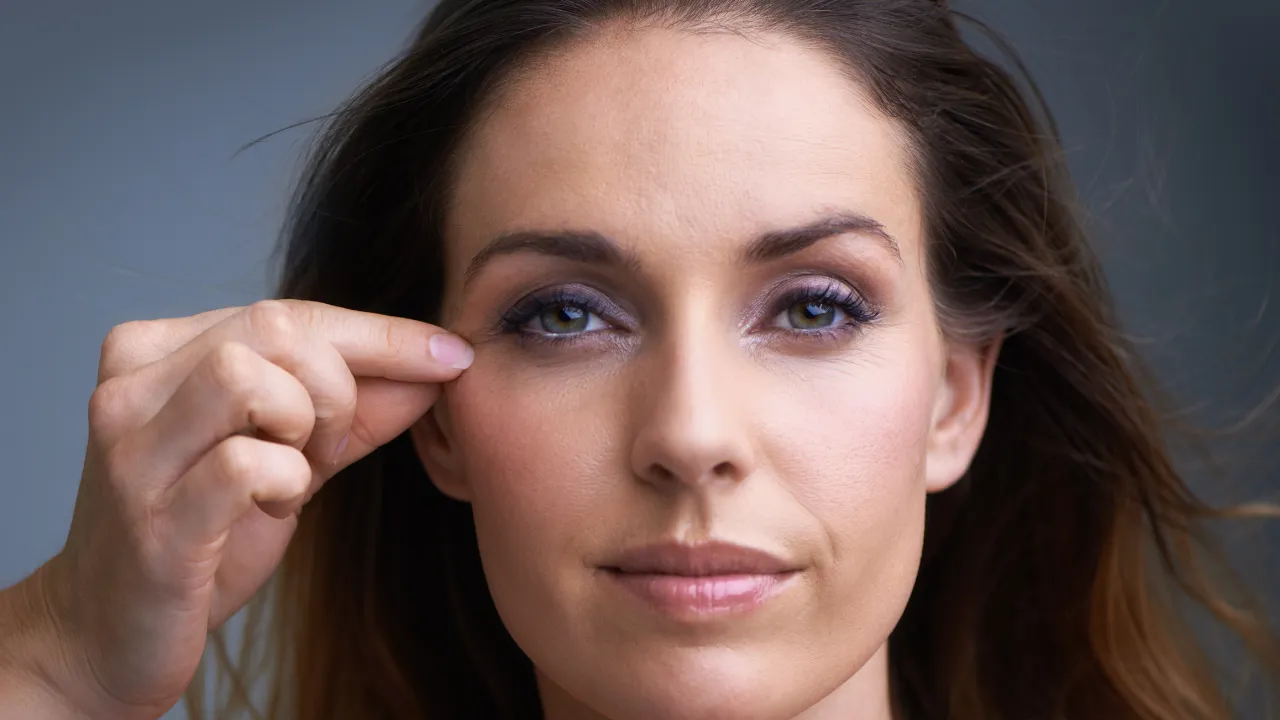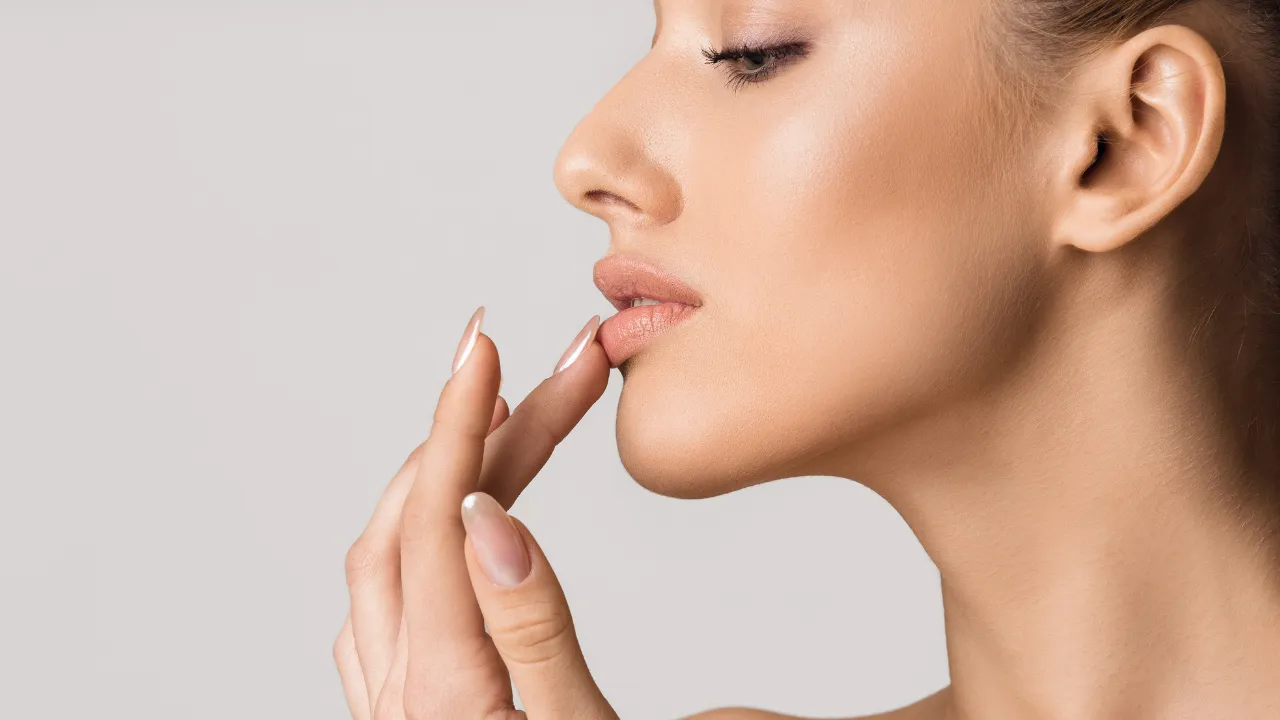When patients consider eyelid surgery, they want clear answers before moving forward. This information will help you determine if you are a candidate, understand the risks, plan for recovery, and review the costs.
They also cover medical history, possible side effects, and expected results. Asking them makes it easier to decide if blepharoplasty is right for your needs.
At Kopelman Aesthetic Surgery in New York City, Dr. Joel Kopelman has over 35 years of experience as a facial plastic and oculoplastic surgeon. He is renowned for achieving natural-looking results in upper blepharoplasty and other surgical procedures. This article explains what to know before surgery and how to prepare for the best outcome.
Table of Contents
ToggleKey Takeaways
- Asking the 9 questions to ask before a blepharoplasty helps patients assess their candidacy, understand the risks, and evaluate the potential outcomes.
- Good candidates are healthy and may have sagging upper lids that affect vision or appearance.
- Preparing means sharing medical history, using eye drops if needed, and following the doctor’s instructions.
- Recovery takes about 10–14 days with swelling and bruising that improve over time.
- Costs range from $8,500 to $10,000, and insurance may help only if eyelid skin blocks vision.
Preview of the 9 Key Questions
- Am I a candidate for eyelid surgery?
- Who is not a good candidate?
- What should I know before surgery?
- How should I prepare for eyelid surgery?
- What key questions should I ask my surgeon?
- What are the risks and possible complications?
- What does the recovery process look like?
- How much does eyelid surgery cost?
- What results can I expect?
About Dr. Kopelman’s Expertise
Dr. Joel Kopelman is a board-certified oculoplastic surgeon. He has performed thousands of blepharoplasty surgeries. His long career and patient care show his skill and trustworthiness in facial plastic surgery.
Candidacy for Eyelid Surgery
Am I a Candidate for Eyelid Surgery?
Good candidates are in overall health, have realistic expectations, and want to remove excess skin or fat. Surgery can fix sagging upper lids that block vision or refresh appearance. Your oculoplastic surgeon will check for dry eyes, glaucoma, or other eye conditions first.
Who Is Not a Good Candidate?
Patients with uncontrolled medical conditions or serious eye problems may not qualify. Always share past surgical procedures and medications. If you have dry eyes or other eye conditions, talk with your surgeon during the consultation.
What to Know and How to Prepare
Key Things to Know Before Surgery
Blepharoplasty makes the eyelid skin tighter and can improve vision or appearance. Side effects like swelling and bruising are normal. Results vary by age, skin type, and anatomy, so keep expectations realistic.
Practical Steps to Prepare
Before surgery, adjust medications, stop smoking, and arrange a ride. Eye drops may be needed before and after the procedure. Cold compresses and extra pillows at home will help with recovery.
Patients often search for information on questions to ask before laser eye surgery, including candidacy, risks, and outcomes. The same approach works for blepharoplasty – prepare well and discuss these points clearly with your surgeon for safer results.
Understanding the Procedure
Key Questions to Ask Your Surgeon
Ask if your surgeon is board-certified and how many surgical procedures they have performed. Confirm they are an oculoplastic surgeon. Discuss anesthesia, incision placement, and how potential complications are handled.
Lower Blepharoplasty Considerations
Upper blepharoplasty treats sagging upper lids. Lower blepharoplasty targets puffiness under the eyes. Ask if you need one or both procedures and how recovery may differ.
Common Complications and Safety
Risks include dry eyes, infection, or scarring. Rare issues are vision problems or trouble closing the eyes. Patients often ask if blepharoplasty can change the shape of the eyes; this depends on your anatomy and the surgeon’s technique.
Recovery and Aftercare
Post-Op Care and Healing Timeline
Most patients recover in 10–14 days. Swelling and bruising get better after the first week. Eye drops help with dryness. Avoid exercise and follow your doctor’s instructions.
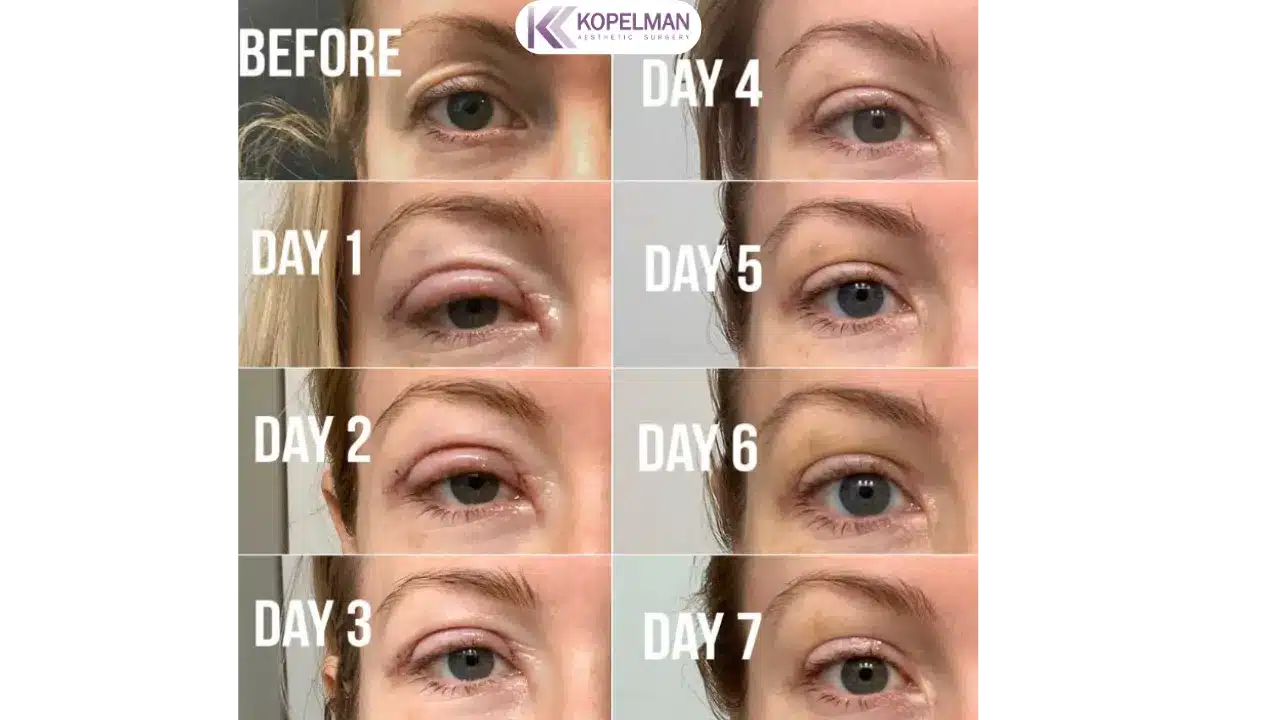
Before and After Results
Photos show typical results and healing stages. Surgery makes eyelids smoother, but it cannot stop aging. Viewing bruising after lower blepharoplasty photos helps set realistic expectations.
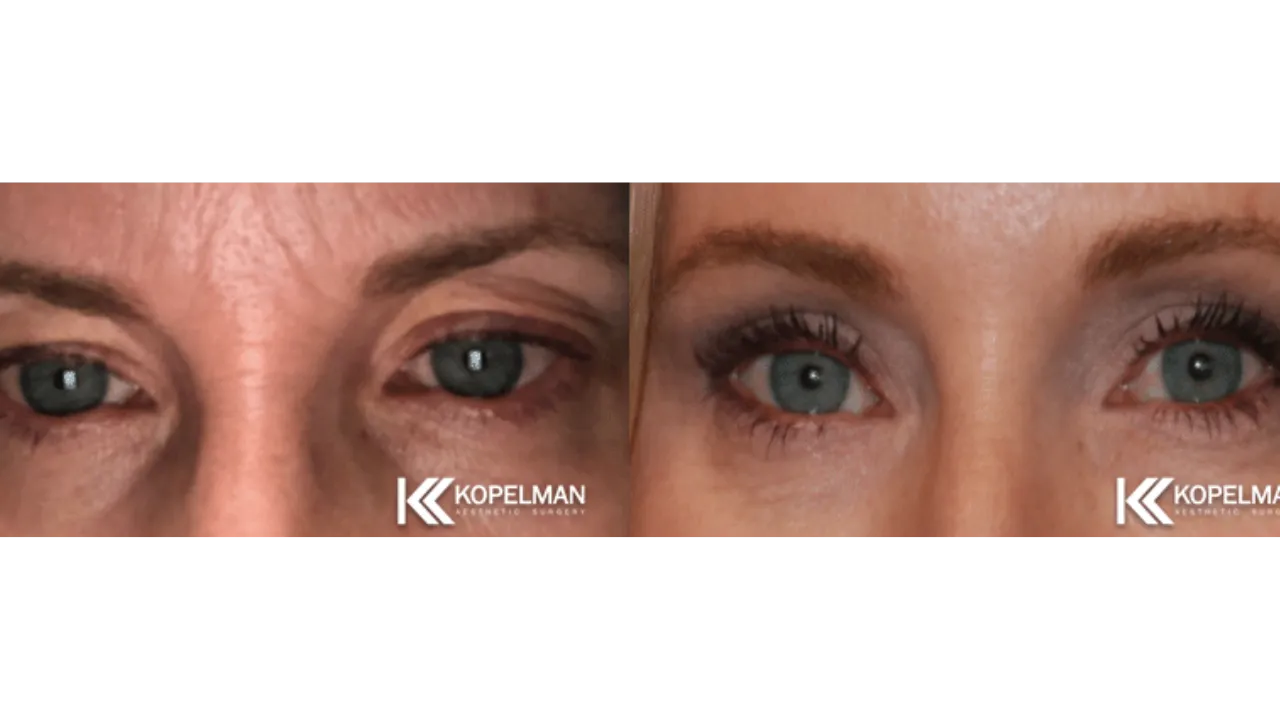
Costs and Financial Considerations
How Much Does Eyelid Surgery Cost?
At Kopelman Aesthetic Surgery, upper blepharoplasty costs $8,500, lower blepharoplasty costs $8,500, and double eyelid surgery costs $8,500–$10,000. Ask for a clear estimate that includes all fees.
Surgery, Facility, and Anesthesia Fees
Pricing includes the surgeon’s fee, anesthesia, and facility charges. This ensures no hidden costs later.
Insurance Coverage and Financing Options
Most procedures are cosmetic and not covered. If sagging upper lids affect vision, insurance may help. Financing plans are available for structured payments.
Results and Expectations
Longevity of Results
Upper blepharoplasty results may last 5–10 years. Many patients ask about the average age for blepharoplasty. The answer depends on your anatomy and goals. Healthy habits support long-lasting results.
Realistic Outcomes for Patients
Blepharoplasty smooths eyelid skin and may improve vision if excess tissue is removed. Working with Dr. Kopelman helps ensure realistic outcomes.
Preparing for Your Consultation
Bring your medical history, medication list, and past procedures. Photos of your eyelids and goals will guide your surgeon in creating a safe plan. At Kopelman Aesthetic Surgery, consultations are clear and patient-focused.
Schedule a consultation with Dr. Kopelman to discuss your options and receive personalized guidance.
Quick FAQs on Blepharoplasty
- How long is the recovery? Most patients need 10–14 days.
- What are the common side effects? Swelling and bruising improve within two weeks.
- Can it cause dry eyes? Some patients experience dryness, treated with eye drops.
- Is insurance possible? Only if sagging lids block vision.
- What results should I expect? Smoother eyelids and sometimes better vision, though aging continues.

